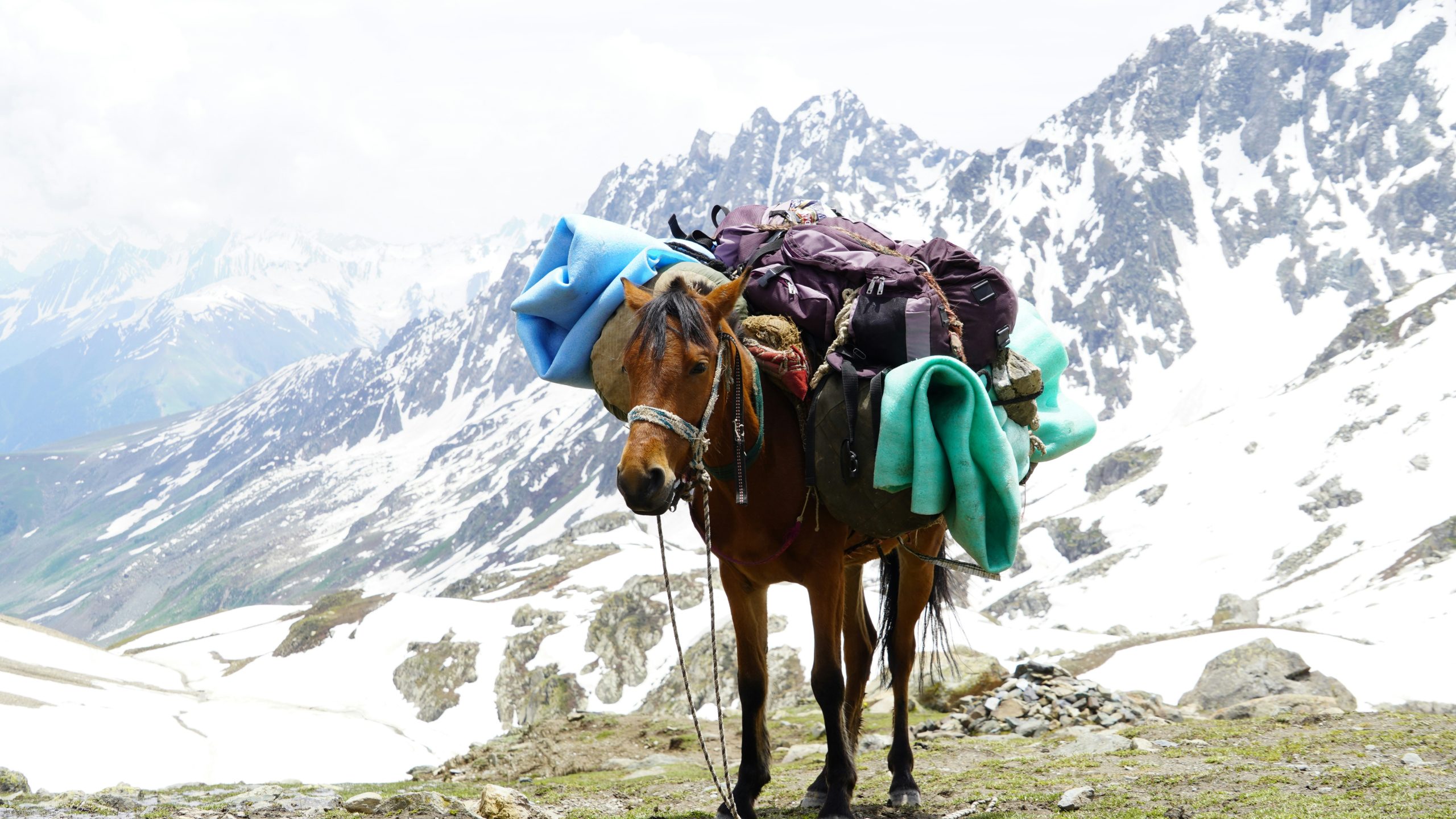 Nada Khan is an Exeter-based GP and clinical academic, and an Associate Editor at the BJGP.
Nada Khan is an Exeter-based GP and clinical academic, and an Associate Editor at the BJGP.
Do you feel that you are safely providing care to your patients? The recent RCGP ‘GP Voice’ survey has highlighted the tension clinicians are feeling between workload, pressures on time and concerns about patient safety. 76% of GPs responding to the survey think that patient safety is being compromised by their excessive workloads. This boils down to a matter of time, with 60% of respondents reporting that they don’t have enough time to adequately assess and treat their patients during appointments. Kamila Hawthorne has called these results ‘alarming’ and it’s hard to disagree with this when patient safety should be one of our absolute priorities.1 How has increasing workload impacted on GPs, and our sense of providing safe care to our patients?
A matter of time
Workload and complexity of care is increasing in general practice, as is the volume of patients. RCGP tracking data shows that in April 2024 there were 2294 patients per full time equivalent GPs in England, an increase of 7.2% since 2019.2 And perceived workload burden amongst British GPs has increased more than some of our international colleagues. A recent survey indicated that British GPs experienced higher rises in workload than their counterparts in ten other Commonwealth countries. (3) Reflecting the findings of the RCGP survey, British GPs were the least satisfied with their workload and time available to spend with patients, with only 7% of respondents satisfied with the time spent with patients, and only 4% of GPs satisfied with their level of workload.3 Time spent with patients makes a difference, and in the Commonwealth survey British GPs reported a median routine appointment length of 10 minutes, while the 2023 RCGP Tracking Survey indicated that 38% of GPs were still working to an appointment length of 10 minutes. This is far less than the 15 minutes recommended by the BMA, and GPs in all other countries in the Commonwealth survey achieved or exceeded this median appointment length, with GPs in Sweden enjoying a median appointment length of 25 minutes per patient. With increasing complexity and administrative work to complete for each patient contact, 10 minutes is not always long enough anymore to complete a safe consultation.
With increasing complexity and administrative work to complete for each patient contact, 10 minutes is not always long enough anymore to complete a safe consultation.
When workload increases, GP start pursuing coping strategies, including reducing their sessions, shifting to non-patient facing activities, or leaving the profession altogether.4 Getting more GPs in to share the workload at a practice level is consistently viewed by GPs as the key to managing workload, but this is increasingly unaffordable, with a lack of appropriate funding for general practice and increasing recruitment and retention failures seen as key barriers.4
The impact of workload and job demands on patient safety
I wrote previously about the stressed, overworked, and dissatisfied GP. Is it possible to untangle these different elements to determine their impacts on patient safety? In a qualitative study of GPs and workload, GPs described how increasing workload meant that they were ‘rushing’ through patients and decisions which impacted on the safety and care of their patients.5 Time is clearly a factor in how determining how GPs feel their work is becoming unsafe, but increasing workload can impact on patient safety through nuanced interactions between the stressors in the job we do and the factors that protect us from those stressors.
The Job Demands and Resources model, which looks at the push and pull balancing act between positive resources like autonomy and a supportive environment against negative job demands like complexity and demands, is often cited as a framework for how job demands lead to work exhaustion and burnout. In this model, high job demands can lead to health impacts that exhaust mental and physical resources, eventually leading to burnout. Within this model of thinking, job demands and complexity can also contribute to safety outcomes and unsafe behaviour.6
Research into workload and safety suggests an association between wellbeing, burnout and patient safety.7 Higher levels of stress can lead to increased clinical errors, which then spins off into a repeating cycle as lower quality care contributes to increased work and more demands on time.7 But what about workload? Hospital-based studies suggest that physicians in acute medicine were 8.2 times more likely to err during high than normal-low workload shifts.8 It’s worth, however, in the context of the RCGP survey and wider research around patient safety, to note that there is a difference between how GPs perceive patient safety, and what actually happens in terms of patient safety. Tired, overworked and stressed doctors may just think they are being unsafe because they are burnt-out and are experiencing feelings of low personal accomplishment.9 Future work needs to examine objective, not perceived, measures of workload, GP wellbeing and burnout, and patient safety outcomes.
Can we reduce workload in general practice?
Research into workload and safety suggests an association between wellbeing, burnout and patient safety.
Some initiatives, like the Additional Roles Reimbursement Scheme, aim to help reduce GP workload but have been criticised for just task-shifting and leading to GPs seeing more complex patients in their own clinic. Researchers talking to GPs about what they thought would help reduce workload summarised different patient, practice, and system level changes that would help. Some of these solutions play to a longer-term approach, for instance, patient education to self-manage illnesses.4 Some GPs have suggested charging for services to try and dissuade patients from attending for minor issues, but this does run the risk of dissuading people differentially, and could in itself negatively impact on patient safety. Excess bureaucracy and paperwork is time and again mentioned as a headache for most GPs, and in the GP tracking survey GPs spent, on average, a third of their time on what they deemed to be unnecessary paperwork and bureaucracy.10 GPs stress the importance of practice level strategies to reduce workload by delegating administrative tasks to other practice staff, or having a good team in place to filter incoming letters and tasks to reduce the administrative burden on GPs.
Going back to that Job Demands-Resources model way of thinking about workload, burnout and patient safety, it’s worth highlighting the factors that mitigate against negative job demands and a slide into cognitive exhaustion. Positive job resources can operate at different levels. Think about how task-based resources like skill variety and importance or autonomy, social resources like working in a great team, and organisational aspects of a job like pay, job security and career opportunities can make a day job feel good, and help act as buffers against those stressful job demands.9
The slow GP
The flipside of this is thinking about what it might mean to be a ‘slow’ GP. Seema Pattni recently wrote about this in Pulse, describing how ‘slow’ GPs provide a thoughtful and thorough, more patient-centric and safe service.11 GPs working in this model might feel that they have the time to assess and treat patients safely, and will align with the kind of care some GPs want to provide to their patients, but it is increasingly hard to provide in the context of today’s target and access driven general practice environment. And working slowly is not a sustainable way to manage increasing workload. The longer term, system-level solutions need to include getting more GPs through the leaky pipeline of training into practice. The last government couldn’t follow through with promises to get more GPs on the ground, and the profession will need to wait to see how policy and funding over the next four years impacts on GP recruitment and more importantly, GP retention.
Deputy Editor’s note – See two other takes on clinical workload: https://bjgplife.com/not-helpful-but-harmful-competence-expansion-alone-increases-rather-than-decreases-burnout-in-gps/ and https://bjgplife.com/how-and-why-have-we-so-hazardously-misconceived-our-nhs-staff/
References
- GP workloads a threat to patient safety, finds College: Royal College of General Practitioners; 2024 [Available from: https://www.rcgp.org.uk/News/GP-workloads-threaten-patient-safety.
- Key general practice statistica and insights: Royal College of General Practitioners 2024 [Available from: https://www.rcgp.org.uk/representing-you/key-statistics-insights#workload.
- Beech JF, C.; Gardner, T.; Buzelli, L.; Williamson, S.; Alderwick, H. Stressed and overworked. London: The Health Foundation; 2023.
- Fisher RF, Croxson CH, Ashdown HF, Hobbs FR. GP views on strategies to cope with increasing workload: a qualitative interview study. Br J Gen Pract. 5017;67(655):e148-e56.
- Croxson CH, Ashdown HF, Hobbs FR. GPs’ perceptions of workload in England: a qualitative interview study. Br J Gen Pract. 2017;67(655):e138-e47.
- Nahrgang JD, Morgeson FP, Hofmann DA. Safety at work: a meta-analytic investigation of the link between job demands, job resources, burnout, engagement, and safety outcomes. J Appl Psychol. 2011;96(1):71-94.
- O’Connor DBH, L.H.; Johnson, J. Job Strain, Burnout, Wellbeing and Patient Safety in Healthcare Professionals. In: Montgomery AvdD, M.; Panagopoulou, E.; Leiter, M.P., editor. Connecting Healthcare Worker Well-Being, Patient Safety and Organisational Change: Springer, Cham; 2020.
- Leviatan I, Oberman B, Zimlichman E, Stein GY. Associations of physicians’ prescribing experience, work hours, and workload with prescription errors. J Am Med Inform Assoc. 2021;28(6):1074-80.
- Bakker ABD, E. The job demands-resources model: State of the art. Journal of Managerial Psychology. 2007;22:309-28.
- RCGP Tracking Survey 2023: Wave 11. Royal College of General Practitioners; 2023.
- Pattni S. Being a ‘slow’ GP isn’t all bad: Pulse; 2024 [Available from: https://www.pulsetoday.co.uk/views/guest-opinion/being-a-slow-gp-isnt-all-bad/.
Featured Photo by Pavitra Baxi on Unsplash






